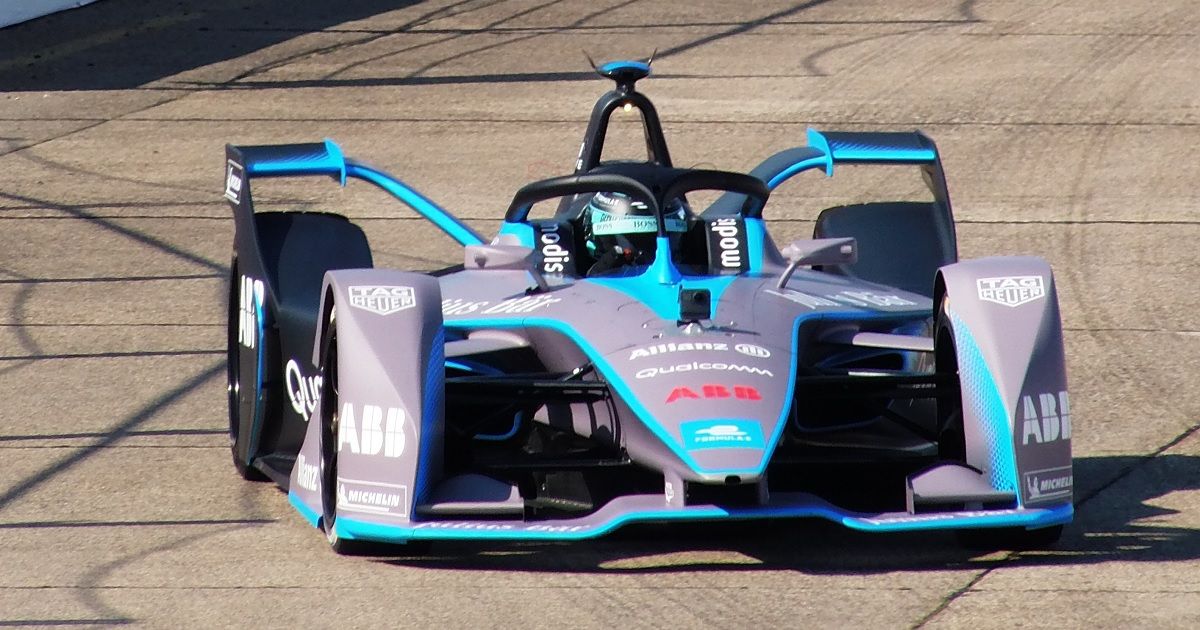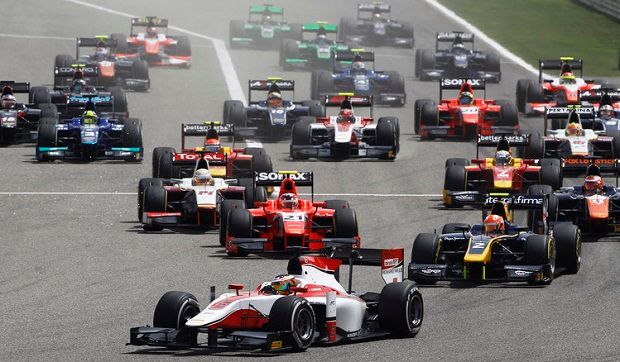Over the years, motorsport has scored top points for being one of the most popular sports in the world, with the introduction of different categories across the board. With electric cars making a banger on the regular car market, track sports and teams have also been making a step to join in the fun.
In recent times the world was opened up to the world of Formula One. This can be credited to the Netflix series Drive To Survive. While we are all on board with what is in the up and up when it comes to ten teams, twenty drivers, and one track, there is more under the sport’s belt than just Lewis and Max.
One of the many “branches” of the sport is Formula E, or as it is officially known, ABB FIA Formula E World Championship is a motorsport that involves electric cars only. This sporting series was introduced to the racing calendar in 2011 in Paris by Jean Todt, the FIA president, alongside Alejandro Aga, the Formula E Holdings’ chairman.
But what exactly is Formula E, and what has its history been so far? To answer those questions, we have to dive into how the sport came to be as well as what goes into it.
Formula E History
With the introduction of new cars and technologies each day, we should expect new motorsport events to roll out anytime. In the FIA calendar, a new sport was added in 2011. This was Formula E. It involved single-seater electric cars that were driven by some of the best drivers. The sport is the brainchild of Jean Todt.
On March 3, 2011, Jean, alongside other Formula E representatives, introduced the sport to the world in Paris. This sport was introduced in a bid to curb and reduce carbon emissions by sportsmen and sportswomen. This also introduced a wide array of advanced electric car systems and hybrid systems.
Since the unveiling of the sport in 2011, it was not until 2020 that Formula E was recognized as the first single-seater racing sport to be given a World Championship recognition outside Formula One.
Formula E actually had its first season in 2014-15. This year saw Brazil's Nelson Piquet Jr. edge out victory in the Driver's Championship with 144 points while Swiss driver Sébastien Buemi secured 143 points. However, Buemi would have his glory the following season. The 2015-16 season also saw a close finish, with Buemi's 155 points narrowly defeating another Brazilian by the name of Lucas di Grassi who had won 153 points.
The rise of second placers continued in 2016-17, as di Grassi won his only title thus far with 181 points. This time round, the Driver's Championship was won by a wider margin than in the first two, that being 24 points.
The next two seasons witnessed the only two-time Formula-E champion secure his titles in succession as French driver Jean-Éric Vergne won in 2017-18 and 2018-19. Lucas de Grassi and Buemi continued to keep in the fight, however, with both securing second place, one in each of these seasons.
Vergne also set the record for the most points earned (198) in 2017-18. With that being said, it was António Félix da Costa of Portugal who set the biggest winning margin record in 2018-19 with his 158 points being 71 better than runner-up Stoffel Vandoorne of Belgium. As for the most recent season, Dutch driver Nyck de Vries won with just 99 points. Previous favorites like di Grassi, Vergne, and Buemi failed to make the top six with Buemi landing way back in 21st.
The 2021-22 season technically does not begin until January 2022. The delay is related to prior seasons being postponed due to the Covid-19 pandemic.
Format And Points In 2021
To properly divide the drivers into groups, a merit system is used. This has the first six drivers who are leading the championship placed in the first group, so number one to six. The second group is the next six drivers who come after the championship leads. These are numbers seven to twelve. Then the rest fall into the remaining two groups.
After the first qualifying session, drivers who set the best times go back on track to either improve on their time or keep it. They do this one by one. This is what is known as the Super-Pole shout-out. At the end of this run, the six drivers are given positions based on their finishing times.
With everyone in position, the race starts, and it is set to 45 minutes plus an extra lap. Drivers make pit stops to change tires or perform repairs on damaged cars. In case of racing incidents that call for a safety car, all cars start the race behind the safety car.
Pointing in a Formula E race are awarded using the FIA points system these is the same as the one currently being used in Formula One, it is the 25, 18, 15, 12, 10, 8, 6, 4, 2, 1 system. Drivers who score pole positions are awarded 3 points, and drivers who score the fastest lap and are in the pints range receive 1 point. For the team, points are awarded based on the summation of both drivers' points.



